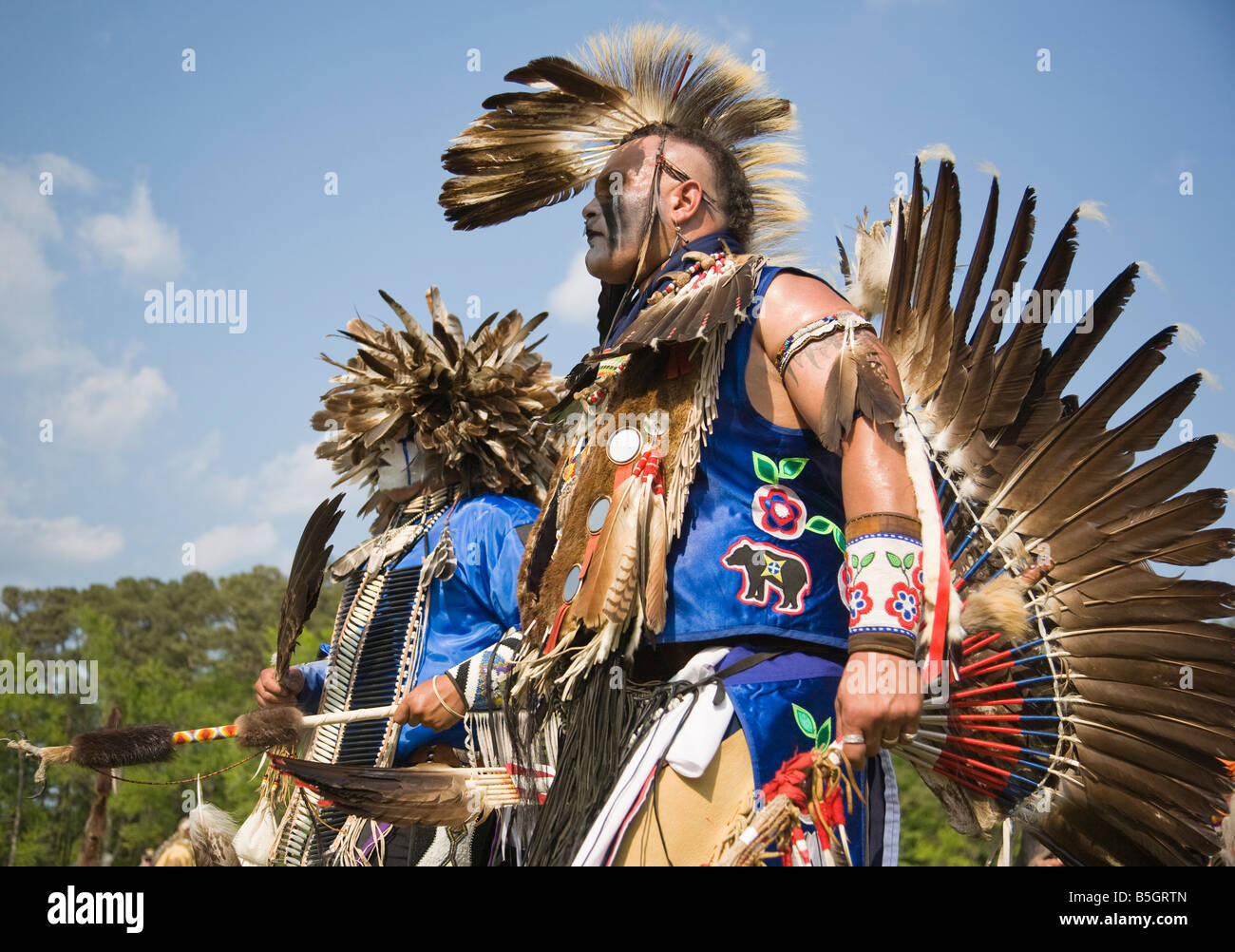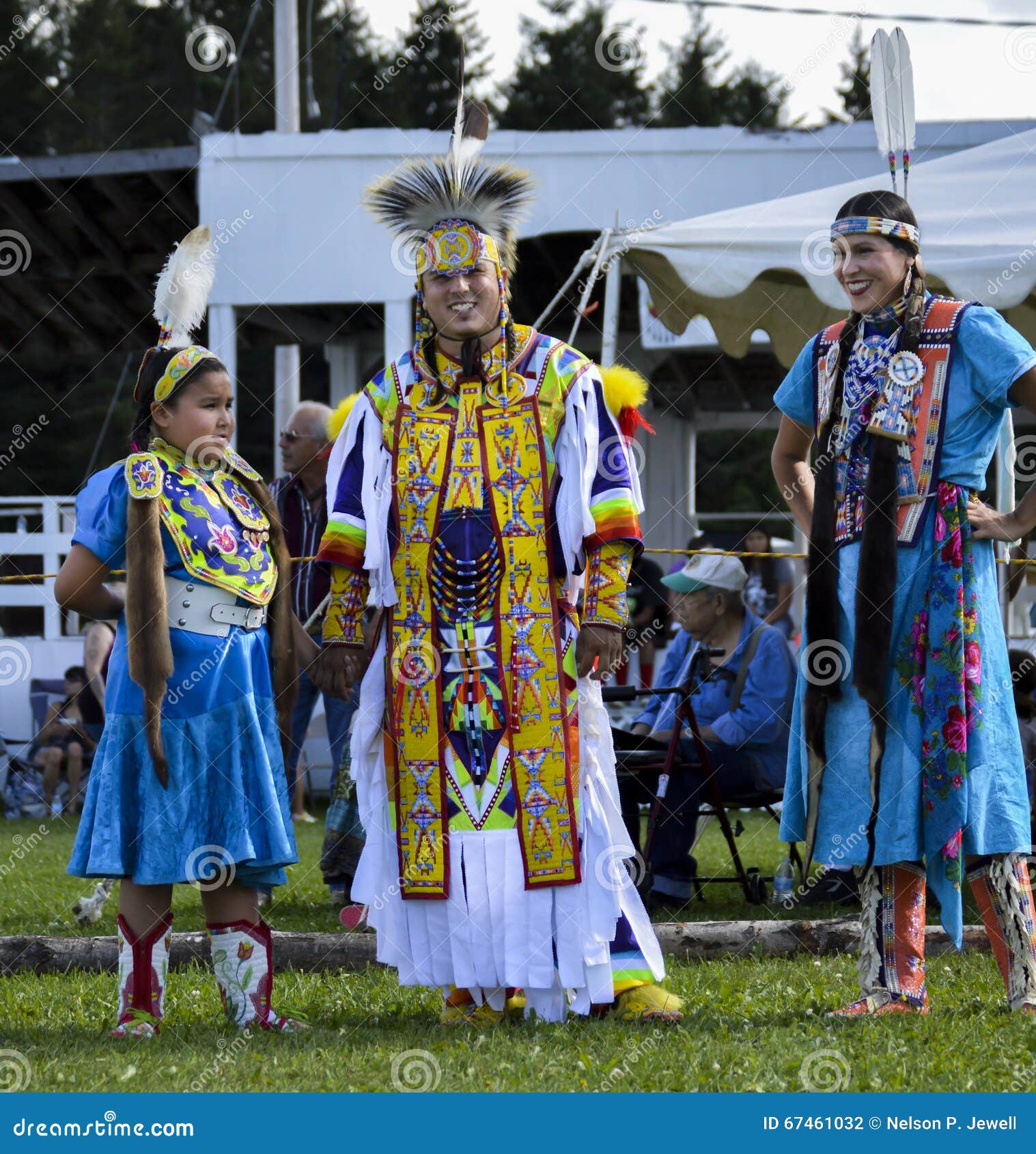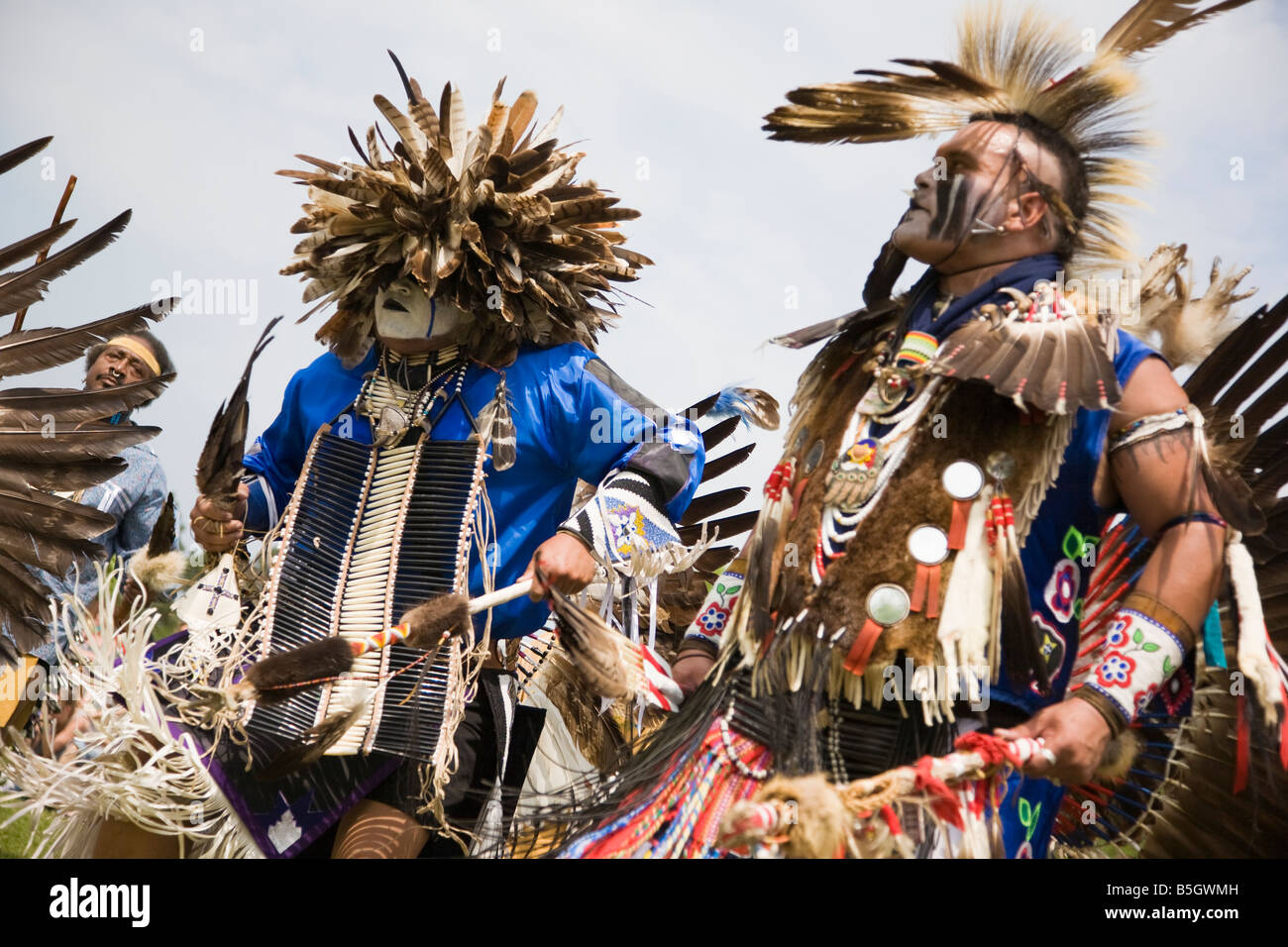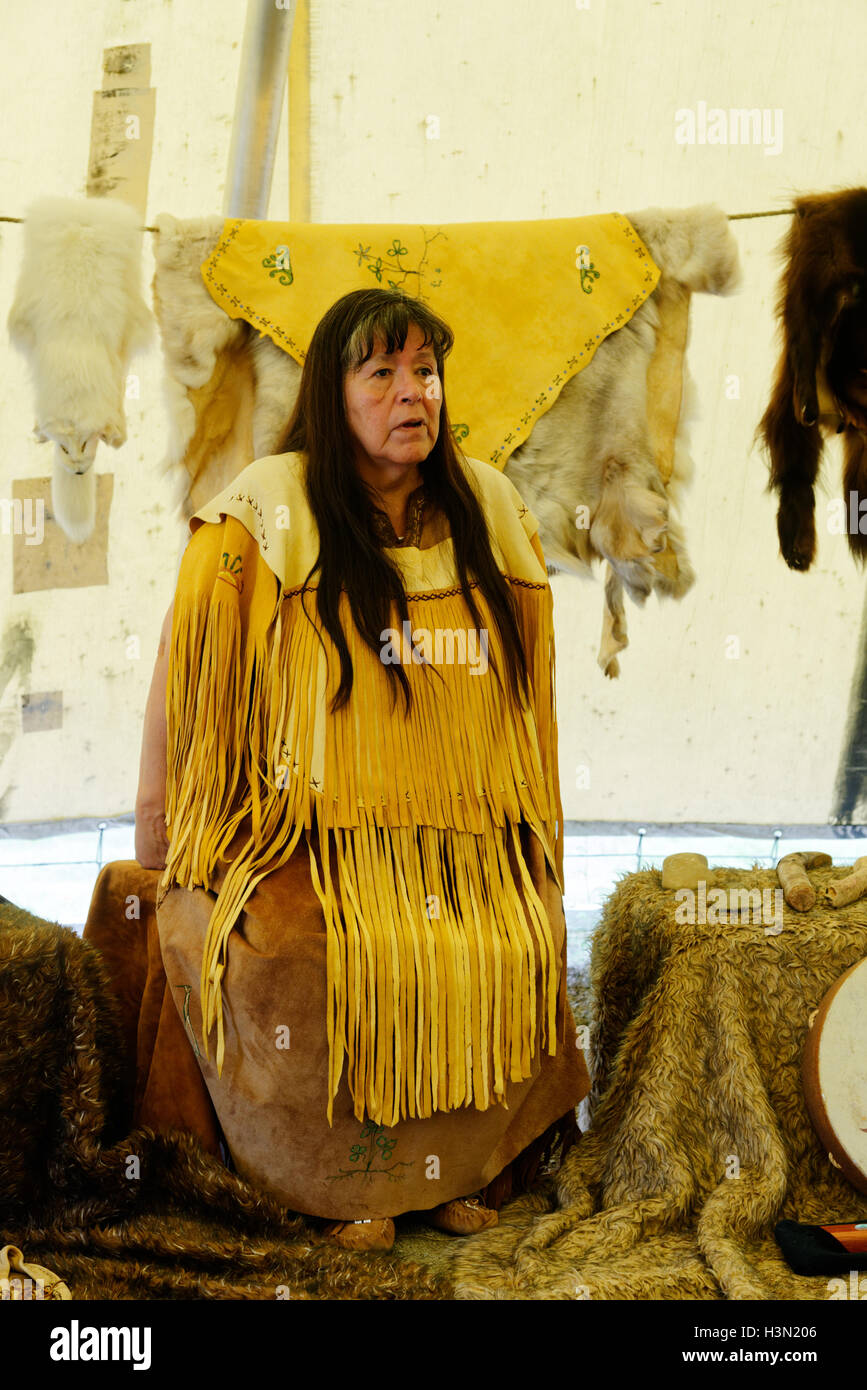
Echoes of Unama’ki: A Journey Through Mi’kmaq Lands in Cape Breton Highlands
Stepping onto the rugged, windswept shores and soaring plateaus of Cape Breton Highlands National Park is not merely entering a scenic landscape; it is walking directly into the heart of Unama’ki, one of the seven districts of the Mi’kmaq Nation. This is land steeped in ancestral knowledge, where every ridge, every cove, every whisper of the wind carries stories stretching back millennia. Forget the typical tourist brochures for a moment; to truly experience this place is to understand it through the lens of those who have called it home since time immemorial, as depicted on traditional Mi’kmaq lands maps – maps not just of geography, but of spirit and connection.
Our journey into the traditional lands of the Mi’kmaq begins not with a highway sign, but with an awareness of the deep history beneath our feet. The Mi’kmaq, or L’nu’k (The People), have lived in harmony with this territory, known as Mi’kma’ki (or Wapna’kik – Dawnland), for over 13,000 years. Their traditional lands span across what is now Nova Scotia, Prince Edward Island, New Brunswick, and parts of Quebec, Newfoundland, and even Maine. Unama’ki, or Cape Breton Island, holds a particularly significant place within this vast territory, cherished for its abundant resources, strategic coastal access, and spiritual power. When we navigate the winding roads of the Cabot Trail or hike its dramatic paths, we are not just traversing a park; we are engaging with a living, breathing landscape that has nurtured a vibrant culture for thousands of generations.
The very air in the Cape Breton Highlands feels different, charged with an ancient energy. The Mi’kmaq worldview emphasizes a profound interconnectedness with all of creation – Netukulimk – a philosophy of sustaining oneself and one’s community through the responsible use of natural resources without jeopardizing their availability for future generations. This principle is palpable here. The park’s towering mountains, deep river valleys, and pristine coastline are not just pretty backdrops; they are the ancient hunting grounds, fishing territories, and spiritual sites that sustained the Mi’kmaq people. Evidence of their enduring presence can be found in archaeological sites, petroglyphs, and the very names of places that echo the Mi’kmaq language.

Our base for exploring this rich tapestry was a cozy cabin nestled near Ingonish, a perfect springboard for days spent immersing ourselves in the natural and cultural wonders. The iconic Cabot Trail, often lauded as one of the world’s most scenic drives, forms a loop through the park, offering breathtaking vistas at every turn. But to truly appreciate it, one must pause, step out, and listen. Pulling over at a coastal look-off, the Atlantic Ocean stretches infinitely, its waves crashing against ancient rock formations. For the Mi’kmaq, the sea was a highway, providing food, trade routes, and a spiritual connection to the vastness of the world. Imagine the canoes of our ancestors navigating these very waters, guided by stars and ancestral knowledge, fishing for cod, mackerel, and shellfish – resources still abundant today.
Hiking is, without question, the most rewarding way to connect with the land. The park boasts an incredible network of trails, each offering a unique perspective. The Skyline Trail is a must-do, particularly at sunrise or sunset. This relatively accessible loop leads you through a boreal forest, eventually opening onto a dramatic clifftop boardwalk that descends to a panoramic headland. From this vantage point, the sheer scale of Unama’ki’s beauty is overwhelming: the Cabot Trail snakes below, the Gulf of St. Lawrence shimmers on the horizon, and eagles often soar majestically overhead. What elevates this experience beyond mere scenery are the interpretive panels along the trail, some of which share Mi’kmaq perspectives on the land, its history, and its significance. They remind you that while you see a "view," the Mi’kmaq see Kwilmu’kw – the land they call home. Encountering a moose grazing peacefully in the distance, a common sight here, feels less like a wildlife spotting and more like a shared moment with a fellow inhabitant of this ancient territory.
Beyond the Skyline, trails like the Franey Mountain Trail offer a more challenging ascent, rewarding hikers with a 360-degree view of the park’s interior highlands and the shimmering Atlantic. The Middle Head Trail, a gentler walk, takes you along a narrow peninsula, flanked by the ocean on both sides, leading to a rocky headland perfect for whale watching in season. Each step on these trails is a step on ancestral ground, a reminder of the thousands of years of human interaction with this landscape. The forests, dominated by spruce, fir, and birch, tell their own story, having provided shelter, medicine, and tools for generations of Mi’kmaq.
The wildlife here is as integral to the Mi’kmaq story as the land itself. Moose, bears, coyotes, and a myriad of bird species – including the iconic bald eagle – thrive within the park’s boundaries. For the Mi’kmaq, these animals are not just creatures; they are teachers, providers, and spiritual kin. Observing an eagle soaring high above the cliffs or a family of puffins nesting on Bird Islands (accessible by boat tour just outside the park) connects you to a timeless cycle of life that the Mi’kmaq have always revered. In late summer and fall, whale watching tours from Pleasant Bay or Cheticamp offer opportunities to witness pilot, minke, and even humpback whales breaching and feeding in the rich waters, continuing a tradition of respectful observation and harvesting that dates back centuries.

To truly immerse oneself in the Mi’kmaq culture, seeking out local experiences is paramount. While the park itself offers some interpretive elements, venturing to nearby Mi’kmaq communities like Eskasoni First Nation, the largest Mi’kmaq community in the world, or Membertou First Nation, provides a deeper understanding. Though not directly within the park, these communities offer cultural centres, traditional performances, and opportunities to purchase authentic Mi’kmaq crafts, directly supporting Indigenous artists and their continued connection to their heritage. Learning a few Mi’kmaq phrases, like Pjilasi (welcome) or Woliwon (thank you), can open doors and foster connections that transcend the typical tourist interaction. The rich oral traditions of the Mi’kmaq, their legends, songs, and ceremonies, are deeply intertwined with the landscape, transforming a scenic vista into a living narrative.
Visiting Cape Breton Highlands National Park is also an opportunity to practice responsible tourism. Supporting local businesses, including those owned by Mi’kmaq entrepreneurs, contributes directly to the well-being of the communities who are the traditional stewards of this land. Adhering to Leave No Trace principles – packing out everything you pack in, staying on marked trails, and respecting wildlife – is not just park policy; it aligns with the Mi’kmaq philosophy of Netukulimk, ensuring the land remains pristine for future generations, both Indigenous and non-Indigenous.
The optimal time to visit depends on your preferences. Late spring (May-June) offers lush greenery, fewer crowds, and active wildlife, though the weather can be unpredictable. Summer (July-August) is the warmest and busiest, ideal for swimming, whale watching, and all activities. However, it’s the fall (September-October) when Unama’ki truly explodes in a riot of colour. The deciduous trees blaze with fiery reds, oranges, and golds, creating a spectacular contrast with the evergreen forests and the deep blue of the ocean. This vibrant display feels like a final, glorious celebration of the land’s bounty before the winter’s rest, a seasonal rhythm the Mi’kmaq have always observed and respected.
Getting to Cape Breton Highlands typically involves flying into Sydney (SYD) and renting a car, or driving from mainland Nova Scotia via the Canso Causeway. While there are accommodation options ranging from charming B&Bs and lodges in surrounding villages to Parks Canada’s own oTENTik units (a blend of tent and cabin), camping within the park is an unparalleled way to experience the land’s raw beauty. Waking up to the sounds of nature, with the crisp, clean air filling your lungs, reinforces the profound connection to this ancient territory.

Ultimately, a journey through Cape Breton Highlands National Park, viewed through the lens of Mi’kmaq traditional lands maps, becomes more than a vacation; it’s an educational and spiritual pilgrimage. It’s an invitation to pause, reflect, and appreciate not only the breathtaking natural beauty but also the enduring spirit and deep wisdom of the Mi’kmaq Nation. It’s an understanding that every trail, every view, every crashing wave carries the echoes of those who have known, loved, and protected this land for millennia. To travel here is to acknowledge that we are guests on a sacred landscape, a landscape that continues to tell its ancient story, if only we take the time to listen.



